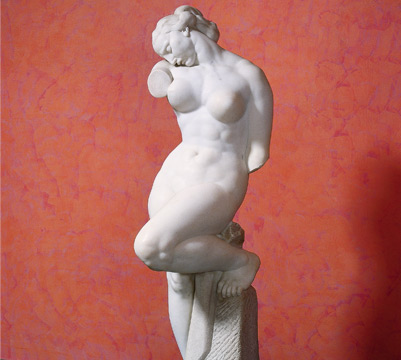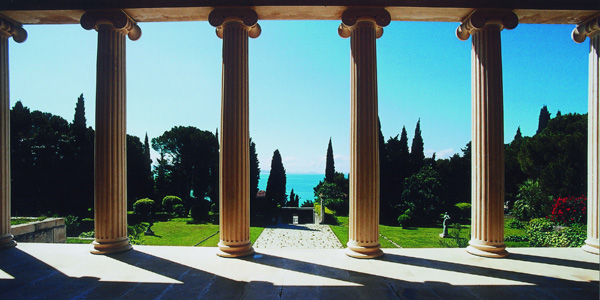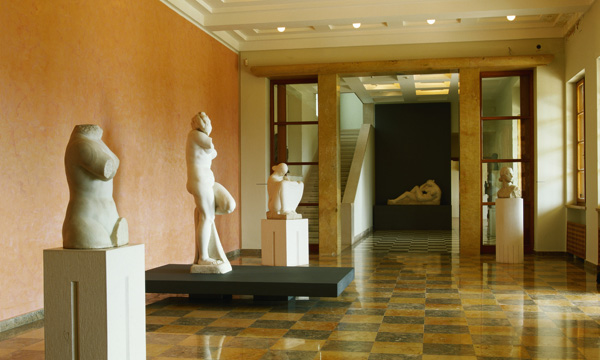This post is also available in: Croatian
A country of only 4 million people, keeps a collection of works of world’s most famous sculptor. Your arrival to Split should definitely include a visit to Meštrović Gallery, and Meštrović’s Crikvine – Kaštilac.
The all-time artist, as many describe Ivan Meštrović, was born in 1883 in Vrpolje. He spent his childhood in Otavice, Dalmatian hinterland village which is now proud of his family tomb.
His apprenticeship began in Split in the stonemason’s workshop of Harold Bilinić, followed by a five-year study at the Vienna Academy of Fine Arts. He was a versatile artist: sculptor, author of several architectural and literary works, participant in important political events. By exhibiting with the Vienna Secession artistic group in the period from 1903 to 1910, the young Meštrović gained full recognition, and most of his early works are of symbolic nature – Fountain of Life in Zagreb (1905).
However, it was always said that one cannot be formed as an artist, if he or she is not living and working in Paris. Meštrović settles in the French capital in 1908 where he rents an atelier in Montparnasse. There he creates his epic works, as myth and symbol were not only part of national, but also of European, especially Secessional spiritual climate. Such works were exhibited in 1910 in Vienna and Zagreb, and have caused considerable interest in the world exhibition in Rome, where he received the first prize in the category of sculpture. In the same event Gustav Klimt was awarded, for painting.
Construction of the tomb chapel of the Račić family in Cavtat (1920 – 1923) is just the beginning of his fruitful work – he moves to Zagreb, where he adapts a house (1921 – 1924) and builds a studio. Today it is the Meštrović Atelier, a memorial setting with a permanent exhibition of the artist’s works.
The works from the third decade are marked by his expressive classical design, particularly of female acts. With full intensity he works on the public monuments as well, including those outside Croatia. So the city of Chicago commissioned Meštrović to produce a monument to the Indians – two equestrian sculptures set in the Central Grant Park in 1928 are still there.
In 1938 he realizes yet another construction project: The Chamber of Fine Arts in Zagreb. This circular building is an inevitable piece of Croatian modern architecture on which Meštrović was first to apply the circular flow of the tour of the exhibits. He connected the ground and the first floor with a ramp, and lit the space by a natural light. The idea of such character of space was used twenty years later in much larger dimensions, by the famous architect Frank Lloyd Wright who built Gugennheim Museum in New York.
In the United States he dedicated himself to pedagogical work at the University of Syracuse, New York; and then at the University of Notre Dame in South Bend, Indiana. In 1954 he became an American citizen, and since 1960 a member of the American Academy of Arts and Literature. In the United States he completes a cycle of wooden reliefs, which he started almost forty years ago, on the subject of Jesus from Nazareth. He gives away this particular unit, which is considered a masterpiece of sacred art of the 20th century, for a display in the chapel of St. Cross on Crikvine – Kaštilac in Split.
It has to be singled out that Ivan Meštrović donated to the Croatian people the majority of his works – among other things, the Church of The Holy Redeemer in Otavice where he was buried, according to his own wishes. On the basis of a Contract of donation, the Ivan Meštrović foundation was established in Zagreb in 1991, and the Croatian Parliament adopts the Law on Ivan Meštrović Museums in 2007.
Photo: Muzeji Ivana Meštrovića
This post is also available in: Croatian




